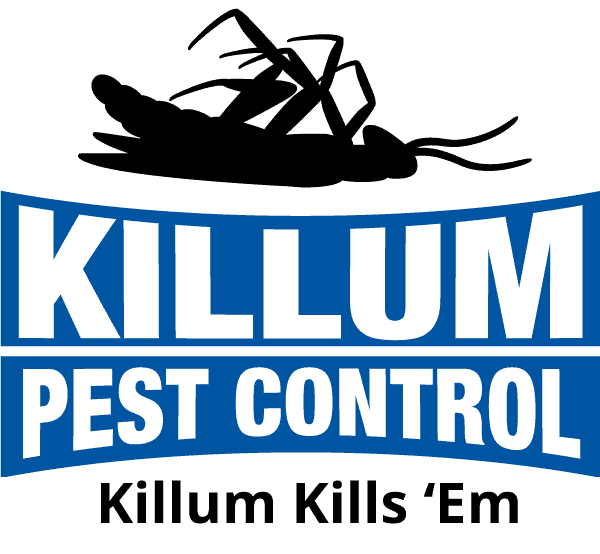Introduction
Drywood termites are stealthy invaders that can cause significant damage to homes, often without homeowners realizing it until the problem has escalated. These tiny pests are particularly common in the warm, humid regions of the Texas Gulf Coast, including cities like Houston and Pearland. Unlike other types of termites that require contact with soil, drywood termites build their colonies inside wood. This behavior makes them harder to detect and manage, posing a unique challenge for homeowners.
Identifying and preventing drywood termite infestations is vital to protect the integrity of homes and buildings. When left unchecked, these termites can undermine the structural strength of a house, leading to costly repairs. Homes in coastal areas are especially at risk due to the favorable weather conditions that help termites thrive. By understanding the signs of infestation and employing preventive strategies, homeowners can safeguard their investments and prevent unwanted surprises.
Recognizing the Signs of a Drywood Termite Infestation
Spotting a drywood termite infestation early can save homeowners from a lot of trouble. These termites are notoriously good at staying hidden, but there are specific signs that can tip you off to their presence. One common indication is the presence of termite droppings, also known as frass, which look like tiny wooden pellets. If you notice these near windowsills or wooden furniture, it might be a sign that drywood termites have set up camp.
Another telltale sign is discarded wings. After termites swarm to find new places to colonize, they shed their wings. Finding these near entry points like doors and windows can be a red flag. Additionally, hollow-sounding wood is often a sign of internal damage. When you tap on wood and it sounds hollow, it might be a sign that termites have consumed the interior.
Regular inspections play a crucial role in catching these pests early. Since Texas Gulf Coast cities like Friendswood and League City are prone to termite activity, frequent checks around your property can help. Focus on areas prone to moisture or damaged wood, like door frames and attic beams. If you suspect something is amiss, it is wise to consult a professional who can assess the situation accurately and suggest the next steps.
Effective Prevention Strategies
Keeping drywood termites at bay requires proactive prevention strategies. One of the most effective ways to deter these pests is by reducing moisture around your property. Termites thrive in damp environments, so ensuring proper drainage and fixing leaks promptly is key. It’s also important to seal any cracks or gaps in wooden structures that termites might use to gain access. This includes checking and maintaining window and door frames.
Another crucial step is decluttering around your home. Store firewood at least 20 feet away from your house to prevent providing a convenient food source. Wooden debris or unused lumber should also be kept off the ground and stored securely. Regular home maintenance helps identify and repair potential problem areas before they become inviting to termites.
Finally, while DIY solutions might seem tempting, professional inspections and treatments are your best bet for effective termite prevention. Experts can provide tailored advice and treatments that are much more reliable in the long run.
Understanding Drywood Termite Treatment Options
When it comes to treating drywood termite infestations, homeowners have several options. Choosing the right method often depends on the severity of the infestation and the specific conditions of your home. Here is a breakdown of the main treatments available:
1. Spot Treatments: Best for small, localized infestations. This method involves applying termiticide directly to the affected areas. It’s less invasive and quicker than other methods, but not always suitable for larger infestations.
2. Whole-Structure Fumigation: This is a comprehensive treatment approach for more widespread infestations. The entire building is enclosed with a tent and filled with a gas that penetrates every corner, eliminating all termites inside. While effective, it requires vacating the home for a few days.
3. Heat Treatments: This eco-friendly option involves raising the temperature of the affected areas to a level lethal to termites. It’s effective and leaves no chemical residue but needs careful handling to ensure home safety.
Professional drywood termite treatment services offer significant benefits, including expertise in selecting and applying the most effective method. These treatments are designed to provide long-lasting results and peace of mind by ensuring that your home is protected.
What to Do If You Suspect an Infestation
If you think your home might be infested and you’re spotting signs like droppings or hollow-sounding wood, quick action is essential. Here’s a straightforward guide to follow:
– Verify: Carefully inspect areas where you’ve noticed signs of termites. Look for visible damage and other telltale indicators.
– Consult: Reach out to a professional pest control service for an in-depth inspection. Pros have the tools and knowledge to confirm infestations you might miss.
– Plan: Work with the experts to select the best treatment plan for your situation. The choice might depend on the infestation’s size and location within your home.
– Execute: Allow the professionals to carry out the chosen treatment, ensuring the safety and effectiveness of the solution. Attempting to handle severe infestations on your own might not yield the desired outcome and can be risky.
Keeping Your Texas Gulf Coast Home Termite-Free All Year Round
Staying ahead of termite problems involves constant vigilance and taking preventive actions seriously. Regular inspections, ongoing maintenance, and being aware of the signs of infestation play a critical role in keeping your home termite-free. By addressing issues as soon as they arise and scheduling periodic professional inspections, you can prevent termites from turning your home into their home.
Remember that maintaining a proactive approach towards both prevention and treatment is your best defense against these wood-chewing insects. By keeping your home safe from drywood termites, you’re ensuring that it remains a strong and secure shelter for years to come.
Guarding your home against these pesky invaders is a wise investment in maintaining its structural integrity and value. For comprehensive protection and peace of mind, consider exploring your options for drywood termite treatment. Trust Killum Pest Control, Inc. to deliver effective, targeted solutions that keep your Texas Gulf Coast home safe from termite damage.





